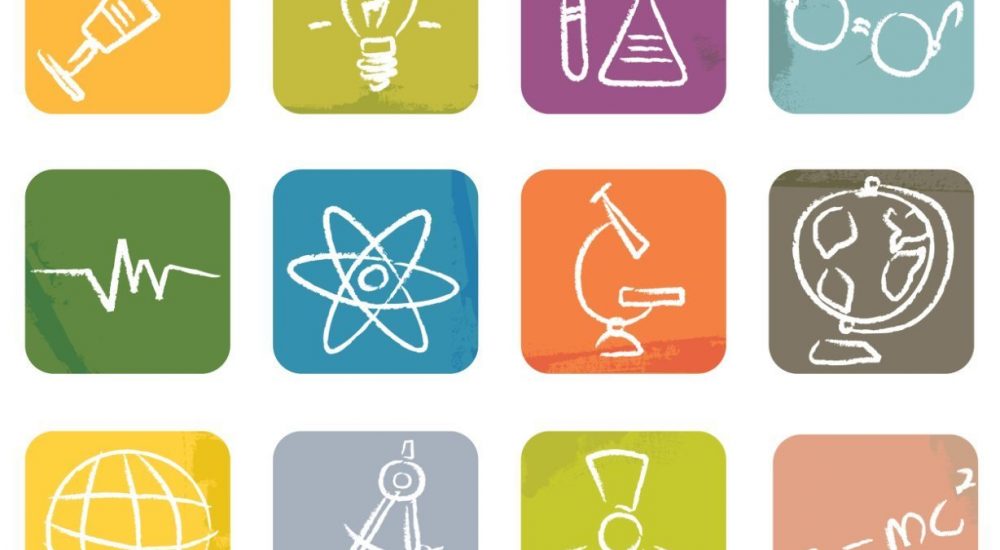Wanted
Energetic, fun, thoughtful, well-connected, well-organized, accessible, kid-loving afterschool program with great listening and communication skills seeks committed relationship with a STEM partner who is enthusiastic, reflective, inspirational, smart and knowledgeable and believes in the potential of kids and wants to grow in a relationship together.
Sound like you?
Working with a “STEM-rich” institution who is also interested in engaging kids, such as a museum, university, or technical company or organization, can be an effective part of a strategy to enrich your afterschool program with STEM.
You want the relationship to be fulfilling for both of you, right? You and your partner will have the interests of the kids as one of your top priorities together, and will want to have a relationship that nurtures development and personal connection, provides stability, and supports growth.
NASA/Jet Propulsion Laboratory (JPL) and the San Diego County Office of Education (SDCOE) Afterschool Technical Assistance Center (RTAC) began a partnership in 2011 spurred by a mutual belief that the afterschool environment is well-suited to support fun and authentic STEM learning, that many kids think “space is cool!”, and that kids’ futures will benefit from preparation and skill development in STEM areas. We’ve worked together to plan events and professional development trainings that bring exciting STEM space activities to several school districts in the county, with over 30 afterschool and summer programs, collectively serving 2500 elementary and middle school kids with STEM.
What makes a good STEM partnership?
Here’s a look at what has made our relationship work successfully, from both sides of the aisle.
Out-of-school time (OST) organizations like SDCOE like a STEM partner who makes a clear commitment to:
(1) Be present and available consistently, and provide follow-up to initial interactions/learning experiences (and make clear the scope of the involvement they can support)
(2) Understand the potential of the OST environment and the needs of staff and youth
(3) Design experiences and resources that are custom-suited to the needs (this is key to the success of and OST program)
(4) Provide fun, engaging, accessible learning experiences that get staff and kids excited
(5) Be adaptable to a variety of types of events in which to present content
We offer these tips from OST organizations for STEM institution partners:
- It is important to plan together
- Identify, understand, and incorporate mutual goals
- Start somewhere and grow
- Do honest reflection, celebrate successes, identify ways to improve
- Get to know each other and aim for a long term relationship – for example, the staff of OST programs and STEM partner trainers know each other on a first name basis
From a STEM institution perspective such as NASA/JPL, an attractive OST partner:
(1) Provides access to OST programs that are STEM-ready, or at least excited about implementing STEM
(2) Is able to clearly communicate the goals and needs of their OST program
(3) Is willing to co-plan and build capacity to sustain the relationship
(4) Provides coordinators and front-line staff for trainings who are enthusiastic about implementing STEM, and educate them about the importance of doing STEM in OST programs, and support their efforts in running STEM programs
(5) Is willing to work together to identify issues and develop improvements
(6) Recognizes the need for accountability and is willing to report attendance information and participate in program evaluation
(7) Has a solid recruitment strategy – provides access to key people/organizations with whom interactions can coordinated so that we can make efficient us of limited resources
Consider these tips from STEM institutions for OST programs:
- Be easy to reach and responsive
- Provide clear and thoughtful timelines for reaching your youth
- Have a “make-it-happen” mentality
- Have fun with us! Be perky!
- Have a passionate advocate and the support of your organization
- We love highly organized events that we can plug into
- Funding support for us to travel beyond our immediate area is a plus
Inspiring kids with engaging space-related STEM activities is fun, enriching, and rewarding. It also takes planning and commitment to make it work well. We are happy to be part of the community dedicated to the advancement of STEM skills in our youth, and we welcome your questions, experiences, and reflections, too.
For breakfast, Leslie had yogurt and blueberries.
This entry was written in collaboration with:
Leslie Lowes and Ota Lutz, NASA/Jet Propulsion Laboratory Education Office
Helen Gonzales and Darcy Lomeli, SDCOE RTAC, Power of Discovery: STEM2 Initiative
Contemplating how to implement STEM in your afterschool program can be a big proposition, especially when you are implementing it for the first time. There are great resources to help you through this process from the STEM2: Power of Discovery project’s website.
